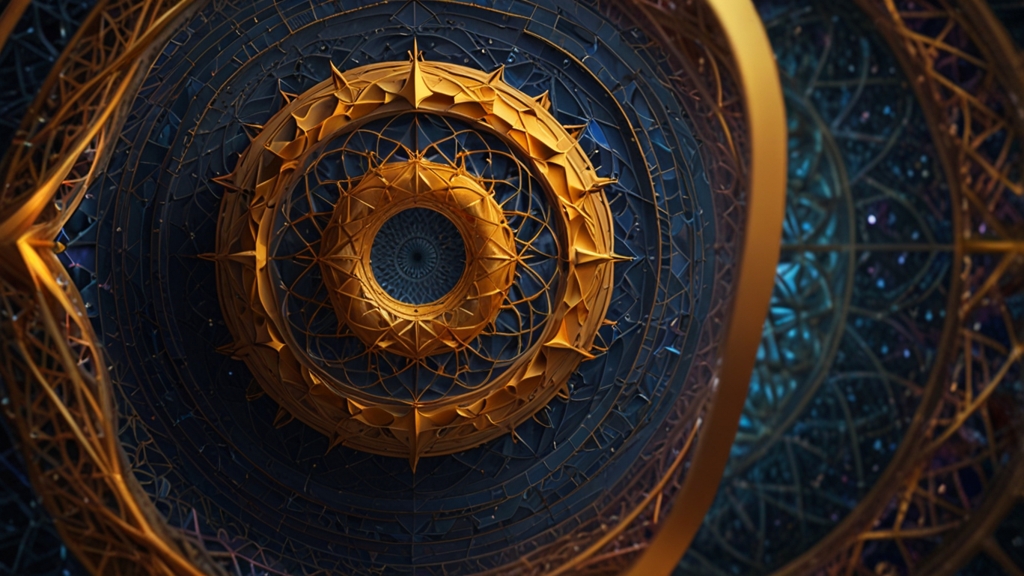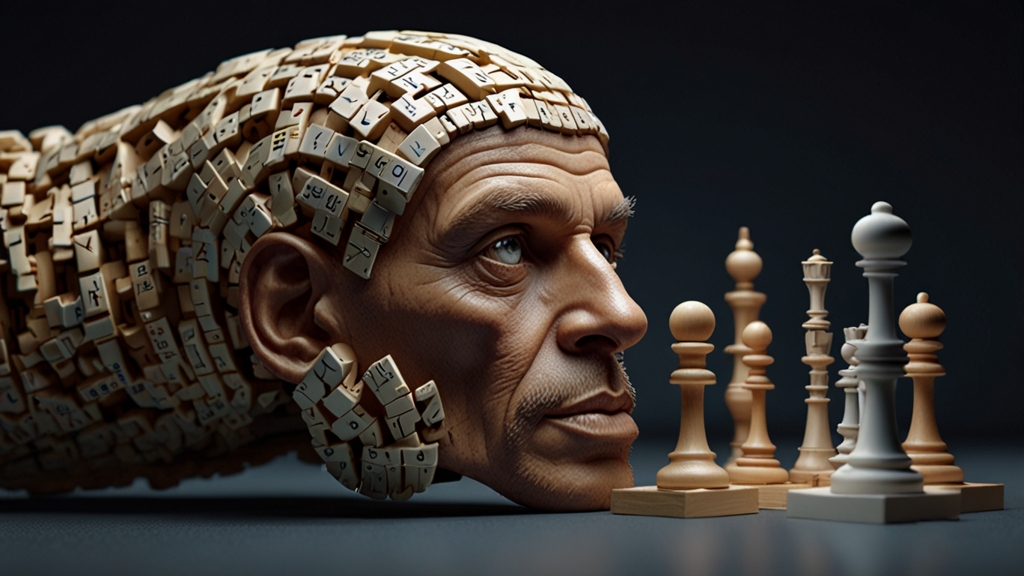10 Endangered Animals That May Disappear Forever
The planet's biodiversity is under siege. From lush rainforests to marine environments, countless species face extinction due to human activities. Some animals are more critically endangered than others, teetering on the brink of disappearing forever. Here's a spotlight on ten such endangered animals.
1. Amur Leopard
The Amur Leopard (Panthera pardus orientalis) is one of the world's most endangered big cats. Found in the temperate forests of the Russian Far East and China, fewer than 100 individuals remain in the wild. Threatened by poaching and habitat destruction, the Amur Leopard's survival hangs by a thread.
2. Sumatran Orangutan
The Sumatran Orangutan (Pongo abelii) is critically endangered, with only about 14,000 individuals left in the wild. Found exclusively on the Indonesian island of Sumatra, the species is facing habitat loss due to deforestation, palm oil plantations, and illegal logging.
“The loss of the Sumatran Orangutan would not just mean the disappearance of a species but an entire ecosystem altered. Their presence helps maintain the ecological balance in the rainforest.”
3. Javan Rhino
The Javan Rhino (Rhinoceros sondaicus) is one of the rarest large mammals on earth, with a population of around 72 individuals confined to Ujung Kulon National Park in Indonesia. Habitat loss, poaching, and natural disasters pose significant threats to this critically endangered species.
4. Vaquita
The Vaquita (Phocoena sinus) is the world's smallest porpoise and one of the most endangered marine animals. Endemic to the northern part of the Gulf of California, Mexico, there are less than 10 individuals left, primarily due to bycatch in illegal gillnets used for totoaba fishing.
5. Cross River Gorilla
The Cross River Gorilla (Gorilla gorilla diehli) is Africa’s most endangered great ape. Fewer than 300 individuals remain, spread across the border region between Nigeria and Cameroon. Habitat destruction, poaching, and human conflict are primary threats to their survival.
6. Hawksbill Turtle
The Hawksbill Turtle (Eretmochelys imbricata) is critically endangered, with its population decreasing due to the illegal trade of its beautiful shell, known as "tortoiseshell," and loss of nesting and feeding habitats. Found in tropical coral reefs, their presence is vital for the health of the marine ecosystem.
“Hawksbill Turtles play a crucial role in maintaining the coral reef ecosystem. Their extinction could lead to unforeseen consequences for marine biodiversity.”
7. Saola
Also known as the "Asian Unicorn," the Saola (Pseudoryx nghetinhensis) was only discovered in 1992 and is one of the world's rarest large mammals. Native to the Annamite Range of Vietnam and Laos, it faces extinction due to habitat loss and hunting.
8. Kakapo
The Kakapo (Strigops habroptilus), a flightless parrot from New Zealand, is critically endangered with just over 200 individuals. Conservation efforts have been intense, but the species' survival is still precarious due to its low reproductive rate and susceptibility to disease.
9. Snow Leopard
The elusive Snow Leopard (Panthera uncia) inhabits the mountainous regions of Central and South Asia. With an estimated population of 4,000 to 6,500 in the wild, they face threats from habitat fragmentation, poaching, and human-wildlife conflict.
10. Yangtze Finless Porpoise
The Yangtze Finless Porpoise (Neophocaena asiaeorientalis ssp. asiaeorientalis) is critically endangered, with fewer than 1,000 remaining in the wild. Native to the Yangtze River in China, it is severely affected by pollution, shipping traffic, and habitat degradation.
“Conserving the Yangtze Finless Porpoise is not just about saving a species, but about preserving the ecological integrity of one of the world's most important river systems.”
The battle to save these endangered animals is arduous but necessary. Their extinction would not only represent a loss of biodiversity but could also have profound ecological consequences. International cooperation, conservation efforts, and stringent protection measures are critical to ensuring their survival for future generations.









